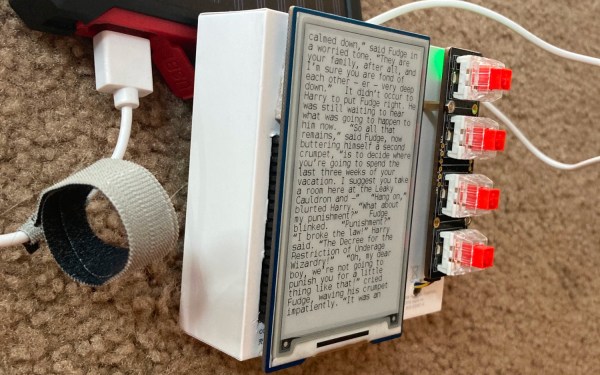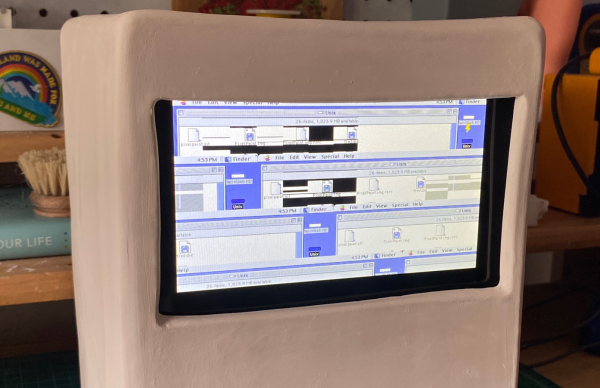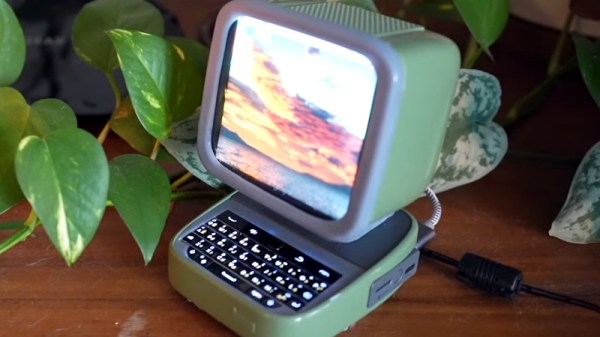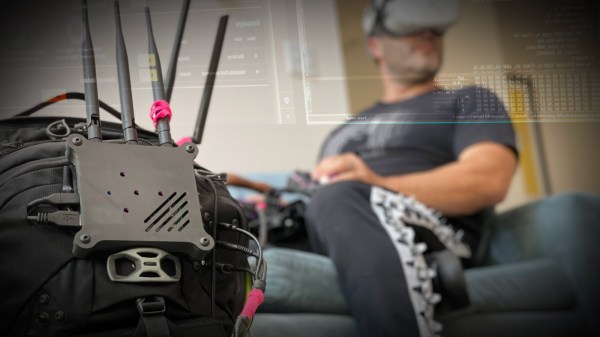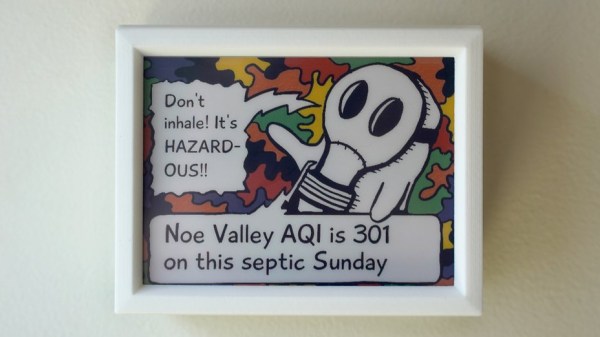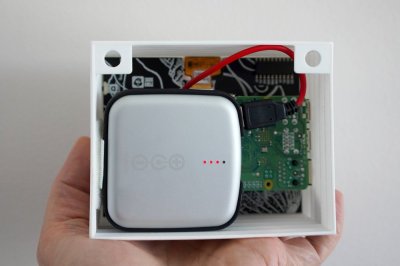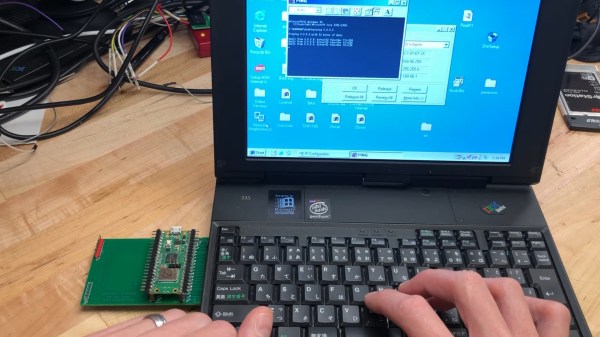Sometimes daily tasks, like feeding pets, can feel like a real chore. To help with alleviate the mundane aspects of daily life, [Erik Berglund] has created an automatic fish feeder, complete with 3D print files, firmware, and an Android app for complete control over scheduling and feeding.
The mechanics of the fish feeder include a screw conveyor system that pushes the food pellets fed from a food store basin. The screw conveyor is driven by a Feetech FS5106R servo which provides enough force to overcome jamming that might occur with pellets getting stuck in the conveyor system. [Erik Berglund] writes that the system can dispense about 0.9 g/s and that it’s designed for granulated food, as flakes have problems because “their low density and large surface area tend to get them stuck in the throat of the hopper” — an issue that we’ve looked into previously.
[Erik Berglund] used [coberdas]’s fish feeder as the base, upgrading it with a better servo, adding a Raspberry Pi Zero W along with software for the Pi and an Android application to control the schedule of feedings. There’s also a DS1307 real time clock module to keep precision time and a push button for “manual” feeding. If you’re looking to follow along at home, you can find the Python scripts that run on the Pi and the source code for the Android application in their respective GitHub repositories.


